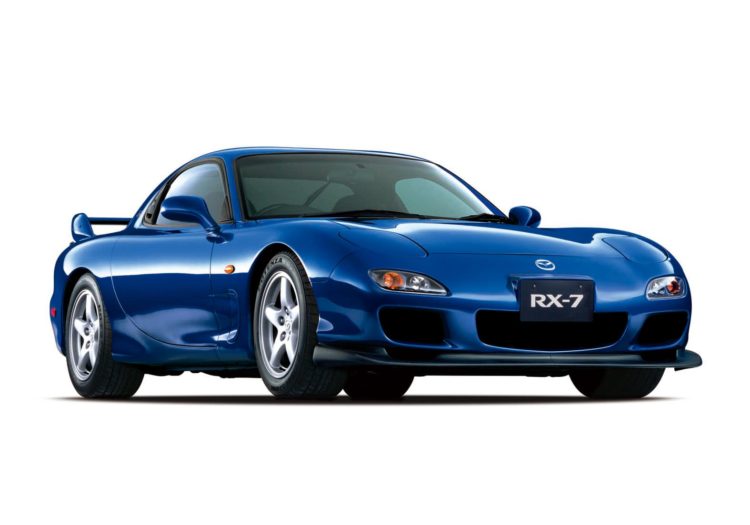Mazda has announced it has hit a new production milestone for its famed rotary engines, with the company’s production volumes exceeding two million units in total.
Fifty-six years after the Mazda Cosmo Sport (Mazda 110S) was introduced to the world in 1967 and after multiple production shutdowns and a dozen vehicles that came powered by the unique internal combustion unit, Mazda has officially produced two million rotary engines. News of the milestone comes after Mazda called it quits on the rotary engine for no less than eleven years when production of the RX-8 wrapped up in 2012 and left the company with no appropriate use for the high-revving unit.
News of the milestone comes after Mazda called it quits on the rotary engine for no less than eleven years when production of the RX-8 wrapped up in 2012 and left the company with no appropriate use for the high-revving unit.
It wasn’t until production of the rotary engine was kick-started in October of this year that the company was able to hit the milestone.
Looking forward, Mazda has confirmed that it will be sticking by the now-iconic rotary engine, even as the company moves to an electrified future.
Rather than a power source for the wheels, though, future iterations of Mazda’s rotary engine will be used as onboard power plants for electricity generation, like we’ve seen in the plug-in hybrid version of the MX-30.
More recently, Mazda showcased its two-rotor rotary EV hybrid powertrain in the form of the Iconic SP Concept which, in concept form at least, pushes out 272kW of power. The Iconic SP utilises Mazda’s Wankel rotary engine to produce juice for an electric motor, with any excess power stored in an onboard battery pack.
The Iconic SP utilises Mazda’s Wankel rotary engine to produce juice for an electric motor, with any excess power stored in an onboard battery pack.
It’s more than likely, if not certain that Mazda will optimise the design for the next generation of its lineup as the company moves to an exclusively electrified future by 2030, with the company forecasting that 75% of its lineup will be hybrid and PHEV, with 25% battery-electric offerings.
“The rotary engine is much loved by customers around the world, and we are excited to resume production to see it make a comeback,” says Senior Managing Executive Officer at Mazda, Takeshi Mukai. “I would like to take this opportunity to sincerely thank everyone who has supported us on this journey – in particular, the many customers who have purchased rotary engine vehicles, our rotary engine fans, and all our business partners who were involved in development and production.”
“I would like to take this opportunity to sincerely thank everyone who has supported us on this journey – in particular, the many customers who have purchased rotary engine vehicles, our rotary engine fans, and all our business partners who were involved in development and production.”
Mukai concluded that “moving forward, we will continue to offer attractive vehicles that provide our customers with an exciting driving experience even in the age of electrification.”
